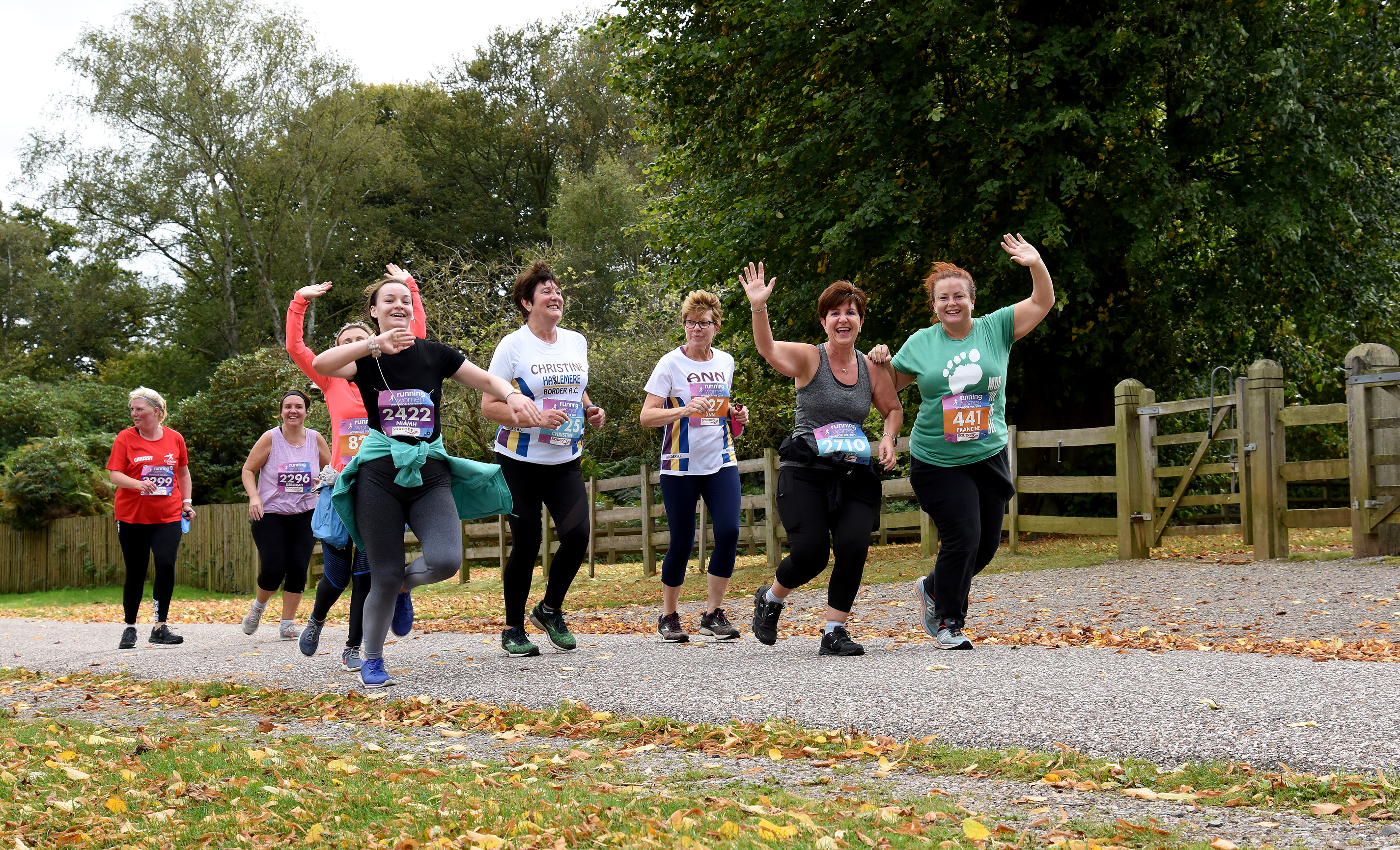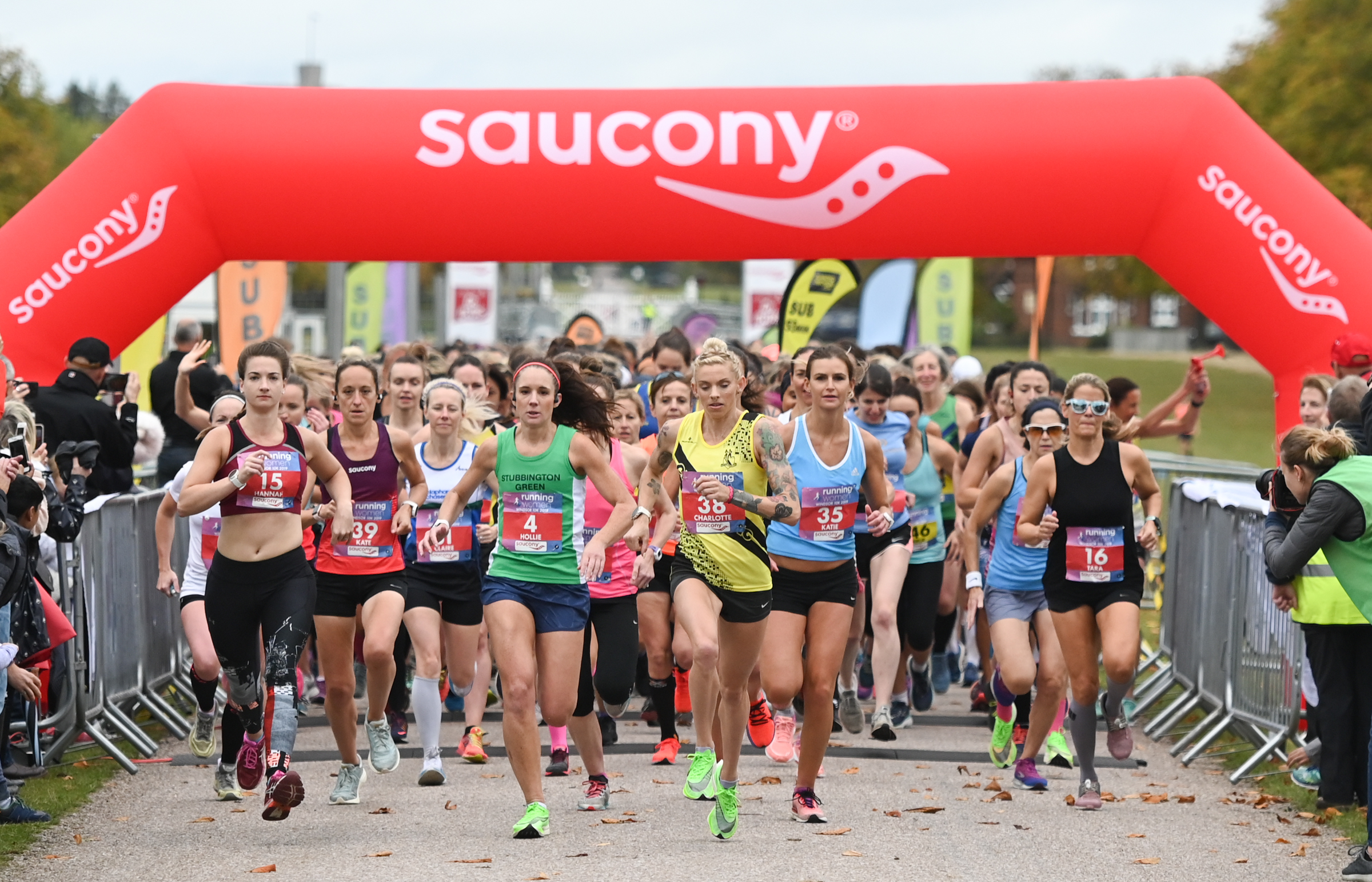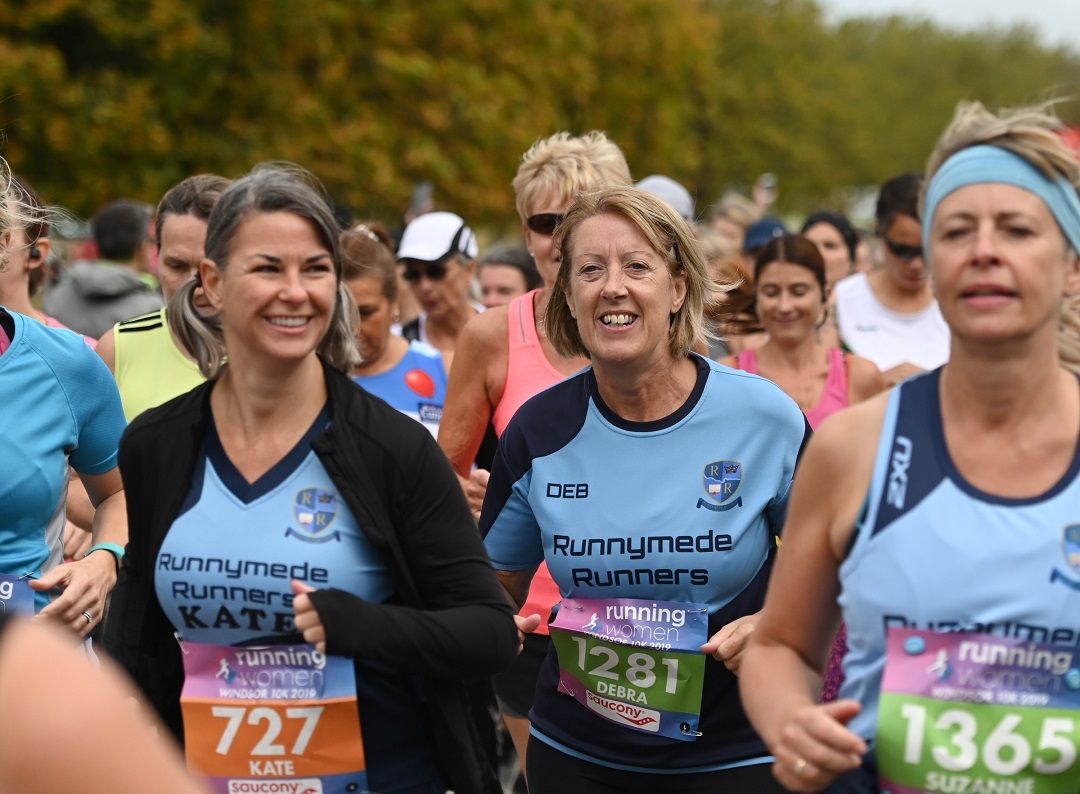Race Day Nutrition For 10K & Half Marathon
What to eat on 10K or half marathon race day
Race day always brings a lot of questions – including what should you eat! If you’re joining us for the Windsor Women’s 10K or the Windsor Half Marathon, we’ve got you covered. Here’s our best expert advice on what to eat (when, and why) on race day itself.
Breakfast
You should eat breakfast 1.5-2 hours before the race starts. The Windsor Women’s 10K starts at 10am on Saturday 24th September, and the Windsor Half Marathon starts at 10am on Sunday 25th September.
Try out your pre-race breakfast during training on the days you do your longest runs. The best race day breakfasts are high in carbohydrate, low in fat, and low in fibre, with a little protein. This is because carbs are an energy source, but fat slows digestion (and you don’t want to digest your energy slowly just before a race). Something like porridge oats with some fruit, eggs on toast, or breakfast cereal with some Greek yoghurt and berries would be great.
Don’t eat too much for breakfast. You won’t want to feel sick or bloated on the way to the race. Race day feels unusual, but if you just think about the race as a distance, it’s probably a distance you have run before (or close to, anyway).
The Role Of Caffeine
Should you have a coffee on race day? If you’re used to drinking caffeine, and you know it doesn’t cause you any problems, then yes – studies show caffeine has some significant sports performance benefits including focus, alertness, and reduced perception of effort. Don’t go for a fancy creamy coffee. Stick to an espresso, filter coffee, or Americano with a bit of milk.
Before The Start
You may want an extra snack between breakfast and the race – especially for the half marathon. Pack a banana, some rice cakes or a low-fat cereal snack bar, or some dried fruit. Don’t eat too much or overload your stomach. Just keep your energy topped up.
You may also want a bottle of water, sports drink, or electrolyte drink to sip before the start. Remember, there are several water stations on the course and one at the finish.
What About Gels?
Should you bother with energy gels on race day? The great thing about energy gels is that they are small, portable, and specifically designed for endurance sports like 10K and half marathon races.
If you have practised with energy gels in training, by all means pack some for race day. Make sure they fit into a pocket or fuel belt. You might need 2-3 per hour depending on the calories and carbohydrates in the gels (all gels have recommended intake on the label). Choose isotonic gels – this means they are already mixed with water, so you don’t have to wait for a water station and try to juggle a gel and a cup of water! Please don’t litter our beautiful course with your gel packets – put them back in your pocket. Thank you.
Nutrition To Avoid Hitting The Wall
What does hitting the wall actually mean? It’s a way to describe the uncomfortable feeling of your body running out of easy fuel. When you run long distances, you will eventually deplete your body’s natural glycogen stores (most of which are in your muscles). At this point, your body has to switch energy sources for the calories it needs. Consuming carbohydrates and calories during the race can help with this, but it’s only necessary for runs of over 90-120 minutes really.
Post-Race Nutrition
Your race day nutrition strategy doesn’t end the minute you cross the finish line. You’ll be tired, sweaty, and exhilarated, but your body will have one priority – recovery. So help yourself on the road to recovery by eating and drinking with this in mind.
After the race, drink water and eat a snack which has a good balance of carbohydrates and protein. After a few hours, eat a normal meal – enjoy whatever you fancy, but do try to get a decent serving of protein (meat, fish, seafood, eggs, pulses, or a vegan source of protein like tofu/seitan).
Similar Posts:
- Race Day Nutrition For 10K & Half Marathon
- Using Energy Gels For Long Runs
- The Best Foods To Eat To Fuel Your Run
- Meal Tips & Nutrition Advice For Faster Running Time
- Do You Need Sports Nutrition?
- Fuelling Up The Week Of Your 10K Race



